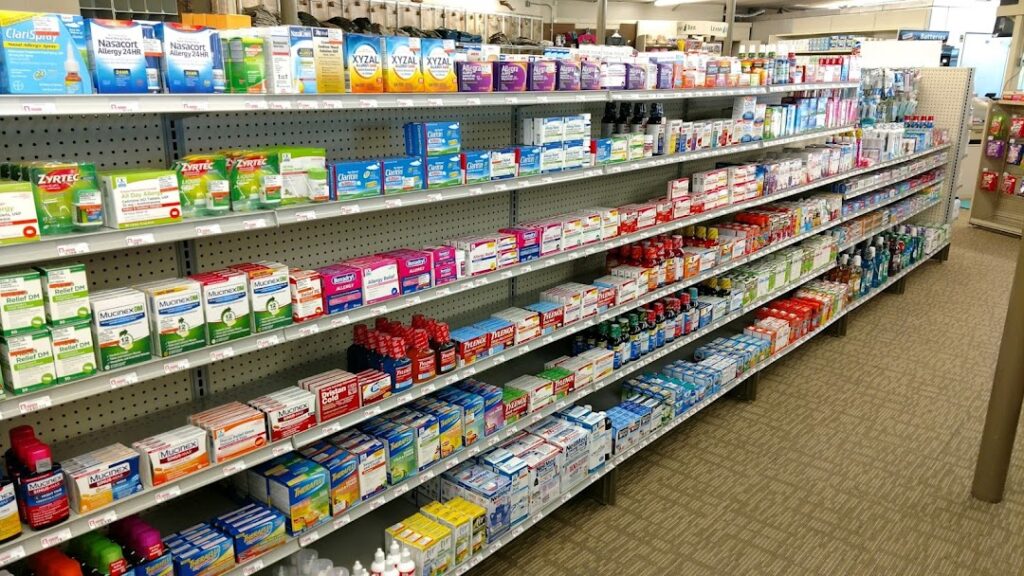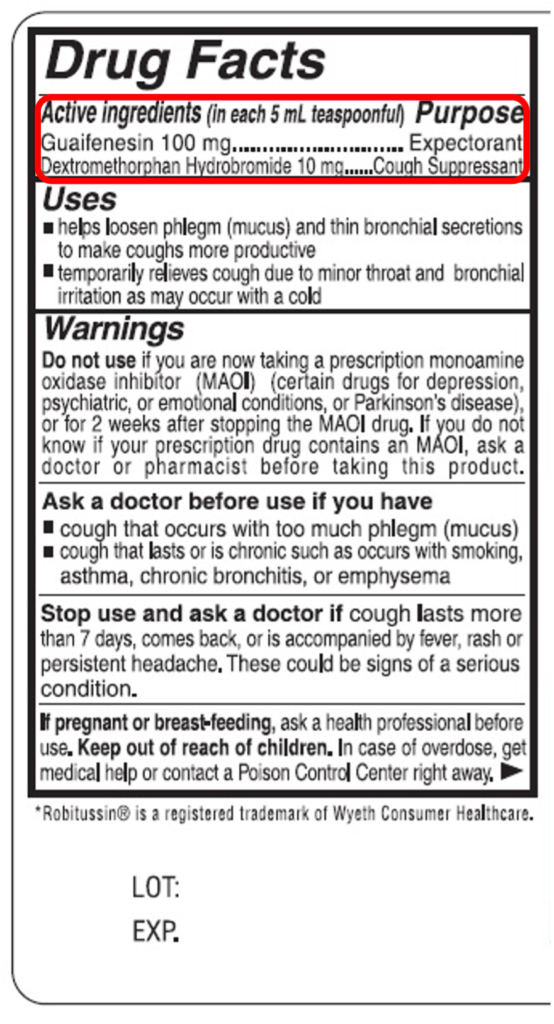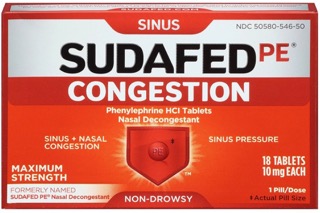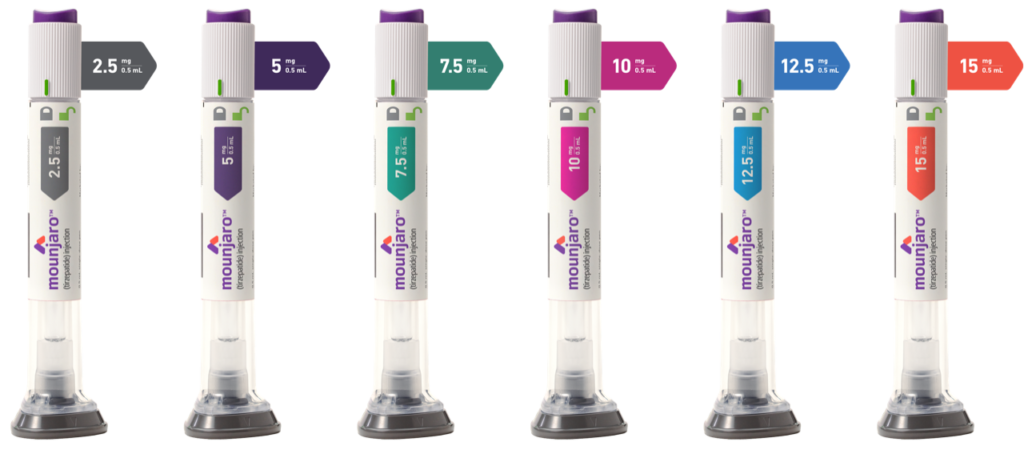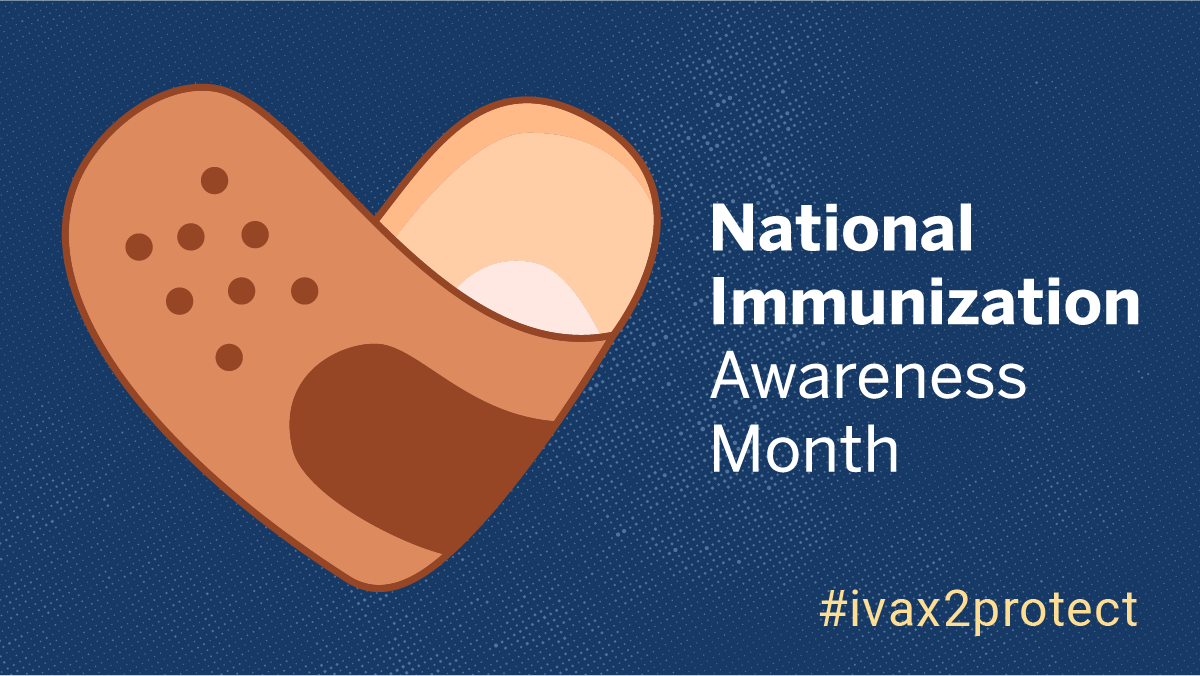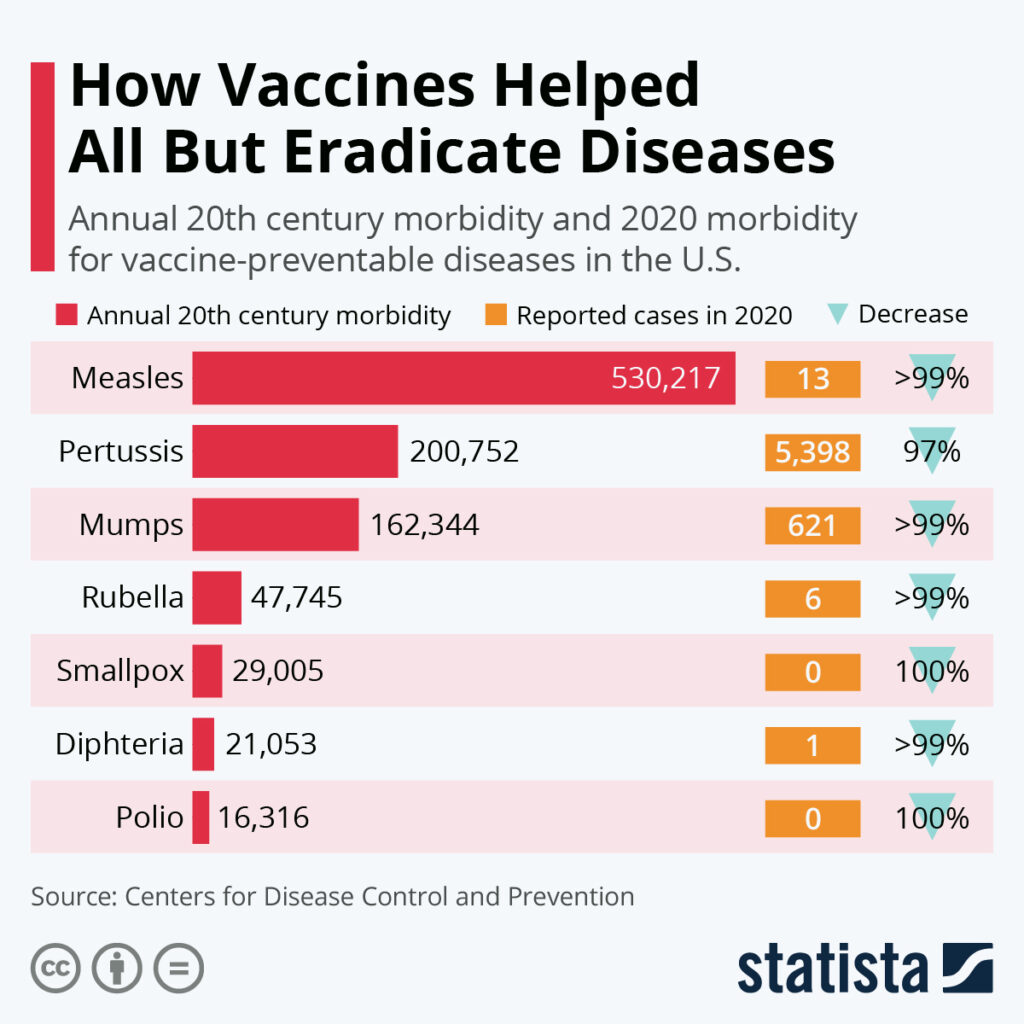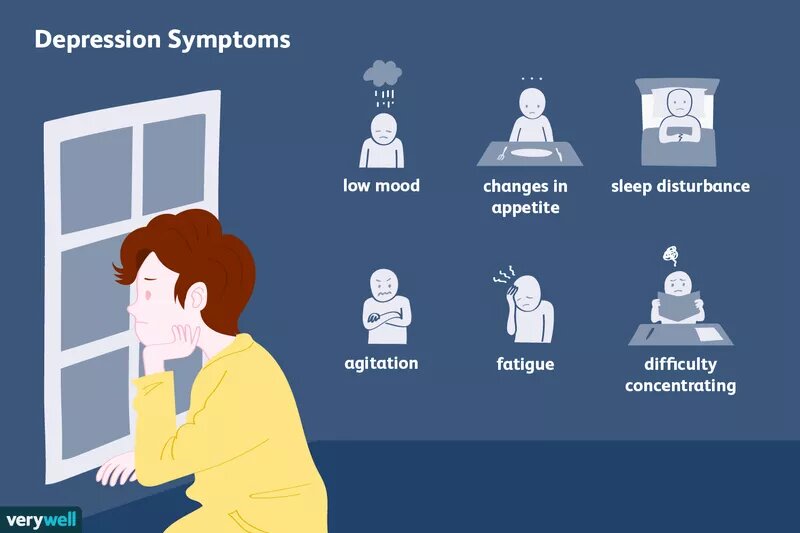Archive for August, 2022
Effectiveness of Common Over the Counter Cough and Cold Medications. By Our Student Pharmacist, Austin Cotsmire.
With cold and flu season rapidly approaching, let’s take a look at common over-the-counter (OTC) medications used for treatment and their effectiveness, or potential lack thereof.
Over-the-counter medications are typically used to treat:
- cough
- sore throat
- congestion
- fever
- numerous other symptoms that are associated with the common cold and flu
When looking for a product, it is very common to become overwhelmed with all the products available. The confusion comes from trying to decide whether to choose a single ingredient or a combination of many; different advertising for ultimately the same medication; or brand vs. generic.
At times, it can seem like a guessing game on whether or not you are getting an effective product to treat your symptoms. Hopefully, this overview can provide some clarity and help guide your decisions in the future.
To start, let’s look at the difference between the two medications that are commonly used to treat congestion.
These go by the brand names of Sudafed (pseudoephedrine) and Sudafed PE (phenylephrine).
Both products are available without a prescription, however, Sudafed is only available for purchase behind the pharmacy counter with a valid driver’s license. These medications are nearly identical in name, but on opposite ends of the spectrum when it comes to actually relieving sinus congestion.
I believe the following statements sum up the effectiveness of Sudafed PE (phenylephrine):
“In my experience, most pharmacists don’t know that oral phenylephrine is ineffective as a decongestant or that it is inactivated in the gut and doesn’t get into the blood.” – Randy Hatton, PharmD, FCCP, clinical professor, and director of Medication Safety & Quality Systems at the University of Florida.
“Phenylephrine is a scam with false advertising; it has no decongestant effect, and the companies know it.” – Miles Weinberger, MD, FAAAI, ACAAI, professor emeritus at the University of Iowa.
On the other hand, Sudafed (pseudoephedrine), is very effective at relieving sinus congestion. Pseudoephedrine is 100% absorbed by the body which leads to higher effectiveness. It is also available in 4-6 hour, 12 hour, and now even 24 hour formulations, whereas phenylephrine must be taken every 4 hours.
The bottom line is, if you are buying a medication for nasal congestion anywhere besides from behind the pharmacy counter, you are buying an ineffective product.
Next, we will examine two medications that are typically used to treat cough:
- Delsym (dextromethorphan)
- Mucinex (guaifenesin)
While both of these medications are effective for treating cough, they do so in their own ways.
Dextromethorphan is a cough suppressant and typically used for dry coughs and works to prevent coughing.
Guaifenesin is an expectorant and is used for coughs that produce mucus and helps to break up the mucus in the lungs and promote its removal from the body by coughing.
The biggest downfall of these medications is that it is very common for cough medications to contain both of these ingredients even though dextromethorphan negates the effects of guaifenesin. When there is mucus in your lungs, you want to cough it out, so using a cough suppressant like Delsym or other dextromethorphan-containing products is not recommended.
Most healthcare professionals will advise you to use either dextromethorphan OR guaifenesin but not a combination of the two.
As a patient, it is best practice to only buy medications that contain ingredients that will treat the symptoms you are experiencing and to avoid combination products when possible.
Often advertising plays a major role in decisions as consumers, so I advise you to do your best to look past advertisement and always check the active ingredients section on the drug facts label when making your decisions! In this instance, avoid products that include a “DM” at the end such as Mucinex DM and generics.
And remember, anytime you have questions about an over-the-counter medication, your pharmacist will be glad to help!
Novel New Diabetes Treatment: Mounjaro. By Our Student Pharmacist, Austin Cotsmire.
If you are a diabetic patient, there may be a new and exciting treatment option for your care. In May, the Food and Drug Administration (FDA) approved a new medication called Mounjaro (tirzepatide) for the treatment of Type II Diabetes in addition to diet and exercise for patients over the age of 18.
This medication is the first of its kind as it combines two different medication classes in a single injection. One class is known as glucagon-like peptide-1 (GLP-1) which you may be familiar with as medications such as Trulicity and Ozempic fall into this category.
The second component of Mounjaro is known as glucose-dependent insulinotropic polypeptide, or GIP for short. This combination is what makes Mounjaro so special and the first of its kind.
Below is a list of the ways that each of these medication classes work in your body to help lower blood sugar and A1c:
| GLP-1 | GIP |
| Works in the brain to decrease food intake
Works in the brain to promote the feeling of fullness Increases insulin production in the pancreas Reduces glucagon production in the pancreas Glucagon increases glucose (or sugar) levels in the body Slows emptying of stomach contents |
Works in the brain to decrease food intake
Increases insulin sensitivity Increases insulin production by the pancreas Increases glucagon produced by the liver Beneficial to help prevent low blood sugar episodes |
Mounjaro is a once weekly injection just like most other GLP-1’s and is available in doses of 2.5 mg, 5 mg, 7.5 mg, 10 mg, 12.5 mg, and 15 mg weekly. The medication is supplied in a box containing four prefilled, auto-injecting pens (shown below). The pens are single use and should be disposed of after use.
Since the injections are once weekly, one box of four pens is a 28 day or one month supply. Like both Trulicity and Ozempic, patients must start on the lowest dose and may increase to the next dose after at least four weeks of treatment if needed. The 2.5 mg dose of Mounjaro is intended to get your body used to the medication in order to prevent side effects before moving up to the 5 mg dose where you will begin to see benefits in your blood sugar and A1c readings.
In clinical trials, Mounjaro was shown to provide superior diabetic control over Ozempic and other traditional therapies, such as insulin, across all doses. In these studies, patients’ A1c was measured over a course of 40 weeks of treatment. On average, patient’s being treated with Ozempic 1 mg weekly saw an A1c reduction of 1.9 while patients being treated with Mounjaro 5 mg, 10 mg, or 15 mg weekly saw reductions of 2.0, 2.2, and 2.3 respectively.
While this may not seem like a huge difference, the percentage of participants reaching their A1c goal of below 7% exemplifies how important these minor differences are. Over the 40 weeks, 79% of Ozempic patients reached this A1c goal while 82% of patients on Mounjaro 5 mg weekly and 86% of patients on 10 mg and 15 mg weekly both, reached this goal. Furthermore, only 64% of patients on Ozempic reached an A1c of less than 6.5% while 69% of patients on 5 mg, 77% on 10 mg, and 80% on 15 mg of Mounjaro reached this level.
While Mounjaro is only FDA approved for the treatment of Type II Diabetes in adults, patients enrolled in the clinical trials saw huge benefits in weight loss as well. Below are two graphs depicting the weight loss benefits of the different doses of Mounjaro at the end of the 40 weeks trial. As you can see, the 15 mg dose is extremely beneficial. As a result, some doctors may prescribe this drug for off label use in weight loss although insurance would be unlikely to cover it for that use until there is an FDA approval.
Like all medications, Mounjaro comes with a lengthy list of side effects. The side effects are rare, and most are manageable, however there is one black box warning. This warning is for an increased risk of thyroid c-cell tumors so patients should keep an eye out for symptoms such as a swelling in their neck and have their thyroid function checked regularly. This side effect was only seen in rats and there have been no cases in humans.
For years, first line treatment for diabetes has remained the same with the use of metformin. However, with new and novel drugs like Mounjaro coming to the market, we are beginning to see a shift in recommendations. Depending on compelling conditions that are common in patients with diabetes, such as cardiovascular disease, GLP-1s, and now Mounjaro, are being recommended as first line treatment. If you think you may benefit from this medication, talk to your doctor or pharmacist today!
Sources:
A1C and Weight Change Results | MounjaroTM (tirzepatide). Accessed August 19, 2022. https://www.mounjaro.com/hcp/a1c-weight
FDA Approves Mounjaro (Tirzepatide) for Diabetes Treatment. diaTribe. Published May 13, 2022. Accessed August 19, 2022. https://diatribe.org/fda-approves-mounjaro-tirzepatide-diabetes-treatment
Getting Started, Dosing & Prescribing | MounjaroTM (tirzepatide). Accessed August 19, 2022. https://www.mounjaro.com/hcp/getting-patients-started
How Mounjaro Works | MounjaroTM (tirzepatide). Accessed August 19, 2022. https://www.mounjaro.com/hcp/how-mounjaro-works
Lexicomp. Accessed August 19, 2022. https://online-lexi-com.proxy.lib.ohio-state.edu/lco/action/doc/retrieve/docid/patch_f/7224042?cesid=3danyJdgnJK&searchUrl=%2Flco%2Faction%2Fsearch%3Fq%3Dmounjaro%26t%3Dname%26acs%3Dfalse%26acq%3Dmounjaro
What are GIP & GLP-1 Incretin Hormones | MounjaroTM (tirzepatide). Accessed August 19, 2022. https://www.mounjaro.com/hcp/what-is-gip
Immunization Awareness Month. By Our Student Pharmacist, Austin Cotsmire.
During the month of August, National Immunization Awareness Month (NIAM) is observed. Throughout the month, the importance of immunizations for people of all ages is highlighted by the Centers for Disease Control and Prevention (CDC). Individuals are encouraged to reflect on their own vaccination histories and research what vaccines they may be eligible to receive.
Many individuals believe that after they receive their childhood vaccines, they are set for life. However, people of all ages can benefit from and need vaccinations.
Below is a graphic that highlights some of the many diseases that can be prevented with adulthood vaccinations. All vaccines have been shown to be safe and effective by extensive research and numerous clinical trials.
- COVID-19 – Main series (either two shots of Moderna/Pfizer or one shot of Johnson & Johnson) + Booster dose + Second Booster (for eligible patients).
- Hepatitis B – Recommended for patients 18 and older. Two, three, or four shots depending on vaccine and/or condition.
- TDaP – Covers tetanus, diphtheria, and pertussis (whooping cough). One dose every 10 years or during every pregnancy for females. Also, recommended for wound management in certain circumstances.
- MMR – measles, mumps, and rubella. One shot for people born after 1957.
- Pneumonia – various vaccines available. Schedule depends on past pneumonia vaccination history.
- Flu – Vaccinate every year, typically in September-October. Immunizations provide about 6 months of immunity and take around two weeks to be fully effective.
- Meningococcal disease – Recommended based on risk factors. Check with your doctor or pharmacist to see if you qualify!
- HPV – Human papillomavirus. Six different types of cancer can be caused by HPV. The vaccine is recommended for anyone up to the age of 45 based on immunization history and shared clinical decision making between you and your doctor.
- Shingrix – Protects against shingles for patients aged 50 and older. Series of two shots spaced 2-6 months apart. Recommended for everyone even if you have previously received the Zostavax vaccine.
Remember that when you are vaccinated, you are not only protecting yourself, but those around you!
By administering routine childhood and adult vaccinations, we have nearly eradicated many diseases that used to be extremely harmful and even deadly. In fact, you may have even forgotten about some of the diseases listed above. This is not a reason to forgo getting vaccinated, however. With the recent vaccine hesitancy movement, there have been outbreaks of diseases such as measles and mumps, so it is still very important to protect yourself and others!
The chart below exemplifies just how effective vaccines are based on CDC data.
With flu season just around the corner, the continued threat of Coronavirus, and the recent surge of monkeypox, vaccines are as important for everyone now as ever. The CDC reports that thousands of adults get sick every year from diseases that could be prevented by vaccination. Such diseases include the flu, pneumonia, and shingles amongst many more.
As a result of COVID-19, many people struggled to schedule routine check-ups with their doctors either for themselves or their children. In 2020-2021, data shows a 14% drop in the number of vaccinations ordered by providers with an overall 20% drop in measles vaccinations. Now that offices are re-opening and appointments are becoming more readily available, it is the perfect time to catch up on any missed vaccinations.
We also offer numerous vaccines here at Plain City Druggist so feel free to stop in or call with any questions!
If you are interested in seeing which recommended vaccinations are needed for yourself or loved ones, the CDC offers a vaccine assessment tool available through this link! The tool is a brief nine question, multiple choice questionnaire that takes just minutes to complete.
Sources:
- Adult Immunization Schedule by Vaccine and Age Group | CDC. Published February 18, 2022. Accessed August 11, 2022. https://www.cdc.gov/vaccines/schedules/hcp/imz/adult.html
- Recognizing National Immunization Awareness Month (NIAM). Centers for Disease Control and Prevention. Published August 4, 2022. Accessed August 11, 2022. https://www.cdc.gov/vaccines/events/niam/index.html
- National Immunization Awareness Month (2022) – District Health Department 10. Accessed August 11, 2022. https://www.dhd10.org/national-immunization-awareness-month-2022/
- National Immunization Awareness Month – August. National Today. Accessed August 11, 2022. https://nationaltoday.com/national-immunization-awareness-month/
- Schiefer A. August is National Immunization Awareness Month. AARC. Published July 12, 2022. Accessed August 11, 2022. https://www.aarc.org/nn20-august-is-national-immunization-awareness-month/
- The Adult Vaccine Quiz | CDC. Published September 25, 2018. Accessed August 11, 2022. https://www2.cdc.gov/nip/adultimmsched/
The Importance of Mental Health. By Our Student Pharmacist, Fahad Alazzawi.
What is mental health?
Mental health includes our emotional, psychological, and social well-being. It affects the way we feel, think, and act.
Mental health is a broad topic due to the many things that affect people. It can impact the level of stress, level of energy, and overall person’s health. Mental health is vital for everyone at every stage of life.
Many factors can affect our mental health, including:
- Genetic components
- Brain chemical imbalance
- Trauma or abuse
- Use of alcohol and drugs
How common is mental illness in the US?
- 1 in 5 U. S. adults experience mental illness each year
- 1 in 20 U. S. adults experience serious mental illness each year
- 1 in 6 U. S. youth aged 6-17 experience a mental health disorder each year
- 50% of all lifetime mental illness begins by age 14, and 75% by age 24
- Suicide is the 2nd leading cause of death among people aged 10-34
What are some signs and symptoms of mental health illness?
- Feeling sad or down
- Confused thinking or reduced ability to concentrate
- Excessive fears or worries, or extreme feelings of guilt
- Extreme mood changes of highs and lows
- Withdrawal from friends and activities
- Significant tiredness, low energy, or problems sleeping
- Detachment from reality (delusions), paranoia, or hallucinations
- Inability to cope with daily problems or stress
- Trouble understanding and relating to situations and to people
- Problems with alcohol or drug use
- Major changes in eating habits
- Sex drive changes
- Excessive anger, hostility, or violence
- Suicidal thinking
Why is mental health important?
As mentioned above, mental health is important due to its effect on our overall health. But how does our mental health effect other components of our health?
Many studies have linked the idea that people with long-lasting depression are more likely to develop chronic conditions such as diabetes, heart disease, and stroke. Also, depression can increase the risk of being obese by changing eating habits along with changes in hormone levels.
Regarding hormonal changes, as serotonin levels in the bloodstream decrease, cortisol increases. High cortisol levels lead to nausea, heartburn, abdominal cramps, diarrhea, or constipation. Also, high cortisol levels may lead to eating more and redistributing white adipose tissue to the abdominal region. In addition, elevated cortisol levels can lead to inflammation and weaken the immune system making the body more likely to get infected by many pathogens.
How are mental health disorders treated?
There are many treatments for mental health issues. Seeking help is the most crucial step. Seeing a healthcare professional who can assess then plan the next steps is critical.
Mental health disorders treatment also depends on the severity of the condition.
There are a variety of options for treatment.
Here are some examples:
- Psychotherapy
- Therapeutic treatment of mental illness provided by a trained mental health professional by exploring thoughts, feelings, and behaviors.
- Medications
- Therapeutic treatment that works to correct the chemical imbalance in the brain. Medication does not cure mental illness; however, it helps with the management of symptoms. Medication paired with psychotherapy is the most effective way to promote recovery.
- Peer Support
- Receiving help from individuals who have suffered from similar experiences.
- Other treatments include:
- Art Therapy: usually it is an adjunct therapy to traditional mental health treatment. The overall goal is to manage behaviors, process feelings, reduce stress and anxiety, and increase self-esteem.
- Self Help Plan
- It is a plan created by the individual to address their conditions and create strategies that leads to overall wellness.
What can we do to improve our overall wellness?
A self-help plan is a great start towards better mental health wellness by identifying triggers, warning signs, and activities that help our specific condition. For example, some people control their stress, anxiety, and overall mental health wellness by singing, painting, and exercising.
Does exercising help with mental health?
Exercising is a healthy way to cope with a mental health disorder. YES! Exercising helps improve mental health by releasing feel-good chemicals in the brain, which enhance the sense of well-being and take the mind off thinking about things that we worry about, which breaks the cycle of negative thoughts. In addition, exercising prevents the development of chronic conditions such as diabetes and reduces the chance of having heart conditions.
- About Mental Health. Centers for Disease Control and Prevention (CDC). https://www.cdc.gov/mentalhealth/learn/index.htm Accessed August 9, 2022.
- Depression and Anxiety: Exercise Eases Symptoms. Mayo Clinic. https://www.mayoclinic.org/diseases-conditions/depression/in-depth/depression-and-exercise/art-20046495#:~:text=How%20does%20exercise%20help%20depression,your%20sense%20of%20well%2Dbeing Published September 27, 2017. Accessed August 9, 2022.
- Mental Health by the Numbers. National Alliance on Mental Illness. https://www.nami.org/mhstats Published June, 2022. Accessed August 9, 2022.
- Mental Illness. Mayo Clinic. https://www.mayoclinic.org/diseases-conditions/mental-illness/symptoms-causes/syc-20374968 published June 08, 2019. Accessed August 9, 2022.
- Mental Health Treatments. Mental Health America. https://mhanational.org/mental-health-treatments Accessed August 9, 2022.
- The Mental Health Benefits of Exercise. The Elitex. https://theelitex.com/the-mental-health-benefits-of-exercise/ Accessed August 9, 2022.
- Symptoms of Clinical Depression. Very well mind. https://www.verywellmind.com/top-depression-symptoms-1066910 Accessed August 9, 2022.
Please Welcome Fahad Alazzawi Our Student Pharmacist at Happy Druggist on Karl Road for August.
 This month, we are joined at Happy Druggist on Karl Road by Fahad Alazzawi, a fourth-year pharmacy student from The Ohio State University’s College of Pharmacy.
This month, we are joined at Happy Druggist on Karl Road by Fahad Alazzawi, a fourth-year pharmacy student from The Ohio State University’s College of Pharmacy.
Fahad will graduate in May 2023 with his PharmD degree and will then take the test to become a registered pharmacist. Fahad will be with Kristie and the staff on Karl Road throughout August, so please stop by and meet him while he is in the pharmacy.
Here is what Fahad tells us about himself:
My name is Fahad Alazzawi. I am a fourth-year pharmacy student at The Ohio State University. I have worked with Walmart for nine years, as a Pharmacy intern for four years, and as a pharmacy technician for five years.
I was born in Iraq and moved to the US back in 2010. I started high school by learning the basics of English; however, with the help of my teachers, friends, and family, I was able to learn and thrive.
I graduated from The Ohio State University with a Bachelor of Science in Pharmaceutical Sciences in 2019 and started pharmacy school immediately after. My experience has been mainly with chain pharmacies. Therefore, I am excited to be at Happy Druggist independent pharmacy this month. My goal is to learn more about the excellent services our local pharmacies provide and the challenges they face.
A couple of reasons led me to pursue pharmacy; one of them was that my uncle is a pharmacist back in Iraq. I saw him providing care to people who could not see their doctor, encouraging me to think about what we give.
After I graduate, I am planning to practice as a community pharmacist. I chose community pharmacy to maintain patient interactions and provide care when needed.
Outside of pharmacy, I love playing and watching soccer.


